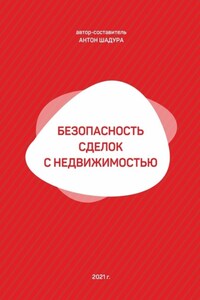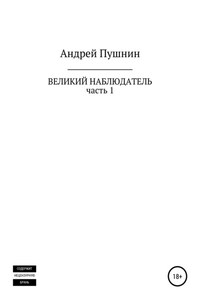Anonymous, The Kangxi Emperor (1654–1722) A Tang poem about the lotus in bloom, c. 1703.
Hanging scroll, ink on silk, 186.7 × 85.3 cm.
Palace Museum, Peking.
The study of any branch of art requires some acquaintance with the history of the people among whom the art was practised. This applies with additional force to China and to Chinese art, a still more distant and less familiar field of study. The native story of the development of Chinese culture makes it nearly as old as the civilisations of Egypt, Chaldea, and Susiana. These empires have long since culminated and disappeared below the horizon, while China has continued to exist, to work out its own ideas of art and ethics, and to elaborate the peculiar script which it retains today. The characters of the ancient Chinese script appear to have originated and developed in the valley of the Yellow River, and no connection has hitherto been satisfactorily traced with any other system of picture writing.
Our knowledge of the ancient empires of Western Asia has been widely increased by recent discoveries due to exploration of the ruins of cities and temples. There are undoubtedly many such relics of ancient China awaiting the spade of the future explorer along the course of the Yellow River and of its principal affluent, the Wei River, which runs from west to east through the province of Shensi, where the early settlements of the Chinese were situated. But they lie deeply buried beneath piles of river silt, blown to and fro by the wind to form the thick deposits of yellow loess which are so characteristic of these regions. It happens only occasionally that a site is laid bare by the river changing its course, or during the digging of canals for irrigation or other purposes, a fruitful source of the discovery of bronze sacrificial vessels and other antiquities. The Chinese attach the highest value to such relics of the ancient dynasties, although they are generally averse, for geomantic reasons, to any intentional disturbance of the soil for their discovery.
The legendary, not to be confused with the purely mythical, period begins with Fu Hsi (c. 2800 B. C.), the reputed founder of the Chinese polity. The second of the three ancient sovereigns, Chu Yung is chiefly celebrated as the conqueror of Kung Kung, the first rebel and the leader of a titanic insurrection in times of old, when he well-nigh overwhelmed the earth with a watery deluge. The third of the San Huang is Shen Nong Shi, the Divine Husbandman, who first fashioned timber into ploughs, and taught his people the art of husbandry. He discovered the curative virtues of herbs, and founded the first markets for the exchange of commodities. With the emperors Yao and Shun we stand on firmer ground, as they are placed by Confucius at the head of the Shu Ching, the classical annals compiled by him, and idealized as perfect models of disinterested rule for all time.
Yao set aside his own son, and called on the nobles to name a successor, when Shun was chosen; and Shun, in his turn, passing by an unworthy son, transmitted the throne to an able minister, the great Yu. Yu departed from these illustrious precedents and incurred the censure of “converting the empire into a family estate,” and since his time the hereditary principle has prevailed. Yu gained his great reputation by the success of vast hydrographic works which continued for nine years until the country was rescued from floods and finally divided into nine provinces. His labours are described in the Tribute of Yu which is found with some modifications in the Shu Ching compiled by Confucius, and in the first two of the dynastic histories – the Historical Memoirs of Ssu-ma Ch’ien (85 B. C.), and the Annals of the Former Han Dynasty by Pan Ku (92 A. D.). He is said to have cast nine bronze tripod vessels (ting) from metal sent up from the nine provinces to the capital, situated near Kaifeng Fu, in the province of Honan. These were religiously preserved for nearly 2,000 years as palladia of the empire. The great Yu is the former of the Hsia Dynasty in company with Chieh Kuei, a degenerate descendant and the last of the line, a monster of cruelty, whose iniquities cried out to heaven, until he was overthrown by Tang, “the Completer” and the founder of the new dynasty of Shang. The Hsia Dynasty was succeeded by the Shang, and the Shang by the Chou.
The Chou Dynasty, which began gloriously with the statecraft of King Wên and the military prowess of King Wu, was consolidated in the reign of King Ch’êng. The last was only thirteen years old when he succeeded, and the regency fell to his uncle Tan, the Duke of Chou, one of the most celebrated personages in history. Tan is ranked in virtue, wisdom, and honours as yielding place only to the great rulers of antiquity, Yao and Shun. He drew up the ordinances of the empire, directed its policy, and acted generally as guardian and presiding genius of the newly created line, during the reign of his brother King Wu, who conferred on him the principality of Lu, and during the first part of that of his nephew King Ch’êng.








